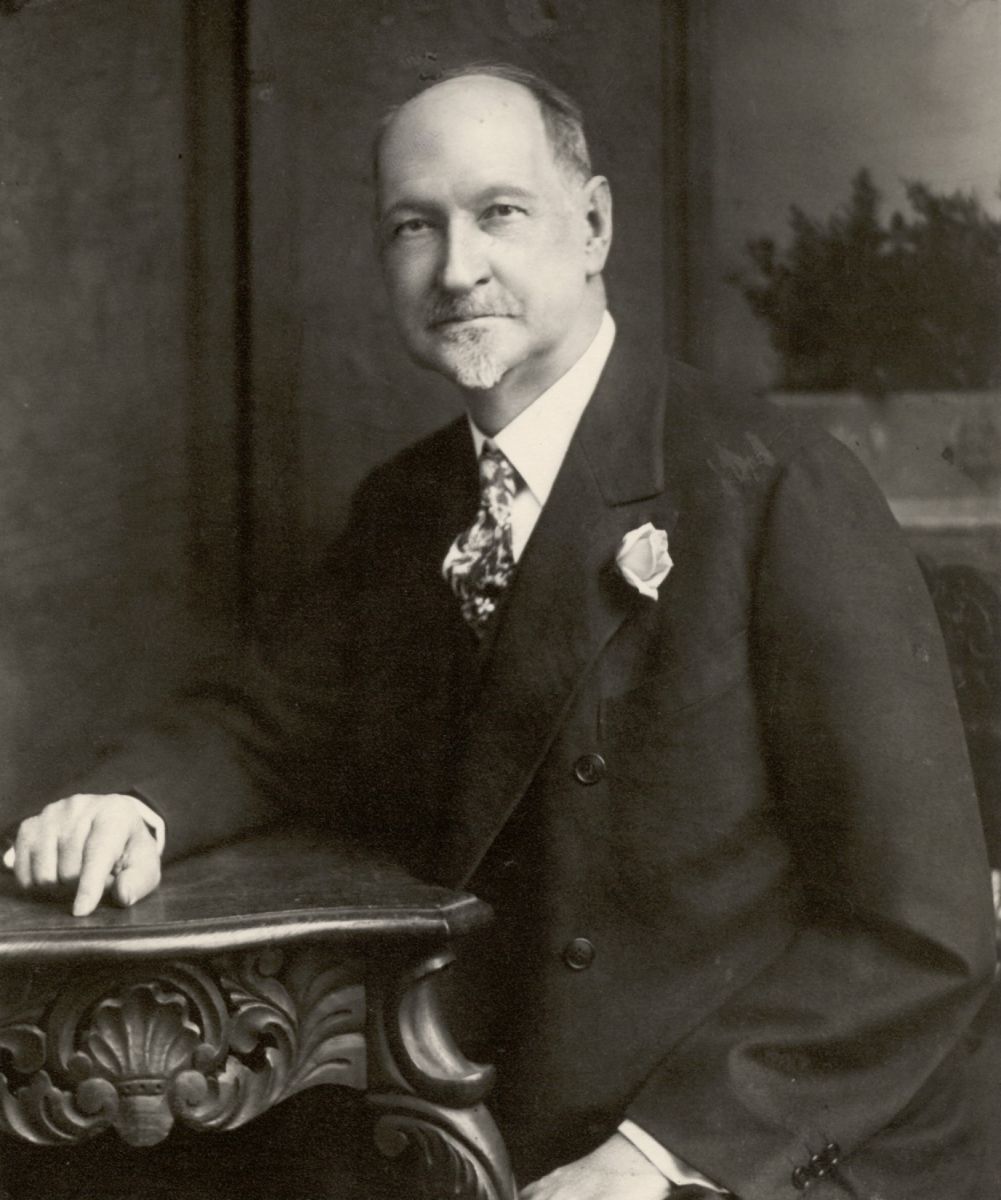The History of Coffee Part 3: 1800-1899
1800’s
Coffee cultivation is introduced into Hawaii from Rio de Janeiro. Don Francisco de Paula Marin with the approval of King Kamehameha planted the first coffee seeds in Hawaii in 1817. The plantings were a failure but in 1825, the first successful coffee orchard was established.
“Liqueurs were not lacking; but the coffee especially deserves mention. It was as clear as crystal, aromatic and wonderfully hot; but, above all, it was not handed around in those wretched vessels called cups on the left banks of the Seine, but in beautiful and capacious bowls, into which the thick lips of the reverend fathers plunged, engulfing the refreshing beverage with a noise that would have done honour to sperm whales before a storm.”
Jean-Anthelme Brillat-Savarin, The Physiology of Taste, 1825
Coffee is really starting to perk along... Laurens, a Parisian metal- smith invents the first coffee percolator in 1818.

The world's first espresso machine steams ahead in France. In 1822 Louis Bernard Rabaut is credited with developing a brewing machine that used steam to force hot water through the coffee grounds, creating the first early version of what we know as an Espresso!
In the 1830s World coffee production is about 2.5 million bags annually. Brazil produces about 600,000 bags of coffee annually making it the number one producer in the world. Cuba is second producing about 600,000 bags of coffee. Third and fourth are Haiti and Java which each produce about 375,000 bags of coffee.
The first cafetiere (coffee plunger) is invented by Elizabeth Dakin in 1841.
After deciding against heading to the gold-filled streams in the Sierras in 1860 and participating in California's gold rush, James Folger makes his own golden fortune by founding the J.A. Folger Coffee Company. He's a pioneer in west coast coffee and helps create the California caffeine rush to keep those prospectors digging and those other hung-over newcomers building the great state that it was soon to become.
In New York, Jabez Burns was granted a United States patent on the original Burns coffee roaster in 1864, the first machine which did not have to be moved away from the fire for discharging roasted coffee, and one that marked a major advance for coffee roasting. He was the Thomas Edison of roasting and the grandfather of all roasting machines we know today!
In 1865 James H. Nason patents the first coffee percolator in the United Sates.
John Arbuckle with the aid of a draftsman and machinist invented a machine that filled, weighed, sealed and labelled coffee in paper packages in 1871. From his factory in New York, the "Arbuckle Ariosa", became the first mass produced coffee sold all over the country. Eventually Arbuckle became the largest importer of coffee in the world and soon became the largest ship owner in America because every merchant ship engaged in the South American coffee trade was his. Sadly, the days of small millers and coffee roasters are soon coming to an end for this Roasters' era.
Australia’s first coffee plantation is developed in 1880, encompassing five hundred acres between Cooktown and New South Wales!

Joel Cheek
Joel Cheek names his new coffee blend "Maxwell House" in 1886 after the ritzy hotel that serves it in Nashville, Tennessee. Seven presidents stayed at the Maxwell House Hotel, including Theodore Roosevelt, whose 1907 comment that this delightful coffee was "Good to the Last Drop" launched the advertising slogan that was used to promote the nation's first- blended coffee.
The French Press coffee maker, then known as the plunger filter, is invented in 1890. A filter compartment is lowered into the hot water and then pulled up when the coffee has been properly brewed and before it can become too bitter. Some accounts say the French Press was not invented until the Italian Calimani developed it in 1933. Why isn’t it called the Italian Press!?!?!
